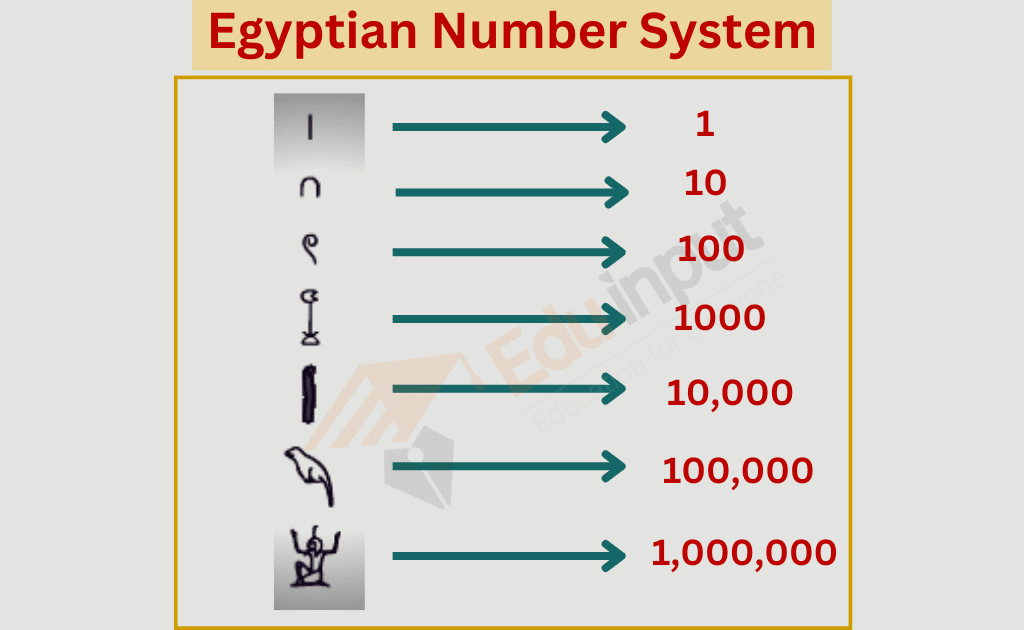Famous Ancient Egyptian Mathematics
Ancient Egyptian civilization is known for its achievements in various fields, including architecture, art, medicine, and mathematics.
Mathematics was an integral part of the ancient Egyptians’ daily lives, and their mathematical knowledge was crucial in constructing monumental buildings, planning agricultural activities, and tracking the movements of celestial bodies.
In this article, we will discuss the famous ancient Egyptian mathematics and explore its impact on modern-day mathematics.
Key points
- Ancient Egyptian mathematics was an essential aspect of their daily lives.
- Their proficiency in arithmetic, geometry, algebra, and trigonometry was crucial in constructing monumental buildings and solving practical problems.
- Their mathematical knowledge had a significant impact on the development of mathematics in other cultures.
- The legacy of Egyptian mathematics is still prevalent in modern-day mathematics.
- Their mathematical knowledge continues to inspire new discoveries and innovations.
Ancient Egyptian Mathematics
Ancient Egyptian mathematics was based on a decimal system, and their numerical symbols were derived from hieroglyphs. They used a hieratic script, a cursive form of hieroglyphs, for mathematical calculations.
The ancient Egyptians were proficient in arithmetic, geometry, algebra, and trigonometry. They developed mathematical concepts and techniques to solve practical problems such as measuring land, calculating taxes, and building pyramids.
Ancient Egyptian Numerals and Arithmetic
The ancient Egyptian numeral system was based on the powers of ten, and they used seven basic symbols to represent numbers. The symbols are 1, 10, 100, 1000, and so on. The symbols were arranged in a hierarchical manner, and the value of the number was determined by the position of the symbol.

The Egyptians used different fractions, such as unit fractions, to represent rational numbers. They were able to perform addition, subtraction, multiplication, and division using these fractions.
Geometry and Measurement
The ancient Egyptians used geometry to construct their buildings and monuments. They used a measuring system based on the royal cubit, which was the distance from the Pharaoh’s elbow to the tip of his middle finger.
They also used the seed, a slope ratio that determined the angle of inclination of a pyramid’s sides. The Egyptians were able to calculate the areas and volumes of various shapes, such as rectangles, triangles, circles, and cylinders.
Algebra and Equations
The ancient Egyptians developed a system of linear equations to solve practical problems. They used a method called the method of false position to solve equations with one unknown.
The Egyptians were able to solve problems involving unknown quantities by setting up equations and solving those using algebraic techniques.
Trigonometry
The ancient Egyptians used trigonometry to measure angles and distances. They were able to calculate the lengths of sides of right-angled triangles using the Pythagorean Theorem.
They also developed tables of trigonometric ratios for certain angles, which they used to solve problems related to astronomy and surveying.
The Legacy of Ancient Egyptian Mathematics
The ancient Egyptians’ mathematical knowledge had a significant impact on the development of mathematics in other cultures. The Greeks, for example, were heavily influenced by the Egyptians’ geometry and algebraic techniques.
The Greeks translated several Egyptian mathematical texts into their language, which led to the preservation of these texts for future generations. The Egyptians’ use of fractions and their decimal system also influenced the development of modern-day mathematics.
What was the ancient Egyptian numeral system based on?
The ancient Egyptian numeral system was based on the powers of ten.
What was the royal cubit?
The royal cubit was the distance from the Pharaoh’s elbow to the tip of his middle finger, and it was used as a measuring unit in ancient Egypt.
What is the method of false position?
The method of false position is a technique used to solve equations with one unknown in ancient Egyptian mathematics.

 written by
written by 

Leave a Reply